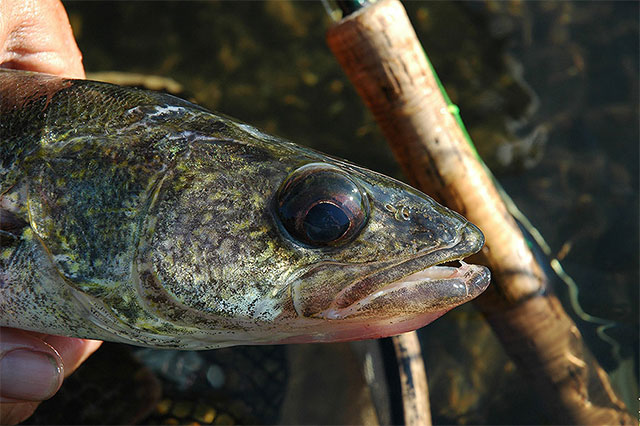
A long time ago, I figured out that if my outdoor writing career was reduced to what I knew how to do and where I was a qualified expert, I'd soon be searching the "Help Wanted" ads.
Meaning I quickly learned that while I might not be a bona-fide expert in a certain field – like walleye fishing, for instance – I could learn how to find the people who were.
This is where Mike Gofron and Doug Burns, a couple of the top walleye anglers to ever launch a boat in the Midwestern U.S, come into play
While I might not know much about walleye fishing, both of these anglers do.
Take Gofron for instance, an accomplished Antioch, Ill., pro who captured the 2001 Professional Walleye Trail Championship in Bismarck, N.D.
In a week of difficult fishing – both from the finicky walleye swimming in the Missouri River and in the somber days that followed the 9/11 terrorist attacks against the U.S. earlier in the week – I was able to ride along with Gofron as a media observer.
Despite the windy weather that turned the Missouri River into an inland ocean at times, I quickly grew to appreciate Gofron's fish catching skills as he went wire-to-wire in posting a winning weight of 18.15 pounds, good enough to beat the field of 45 pros in the event and claim the $100,000 top prize.
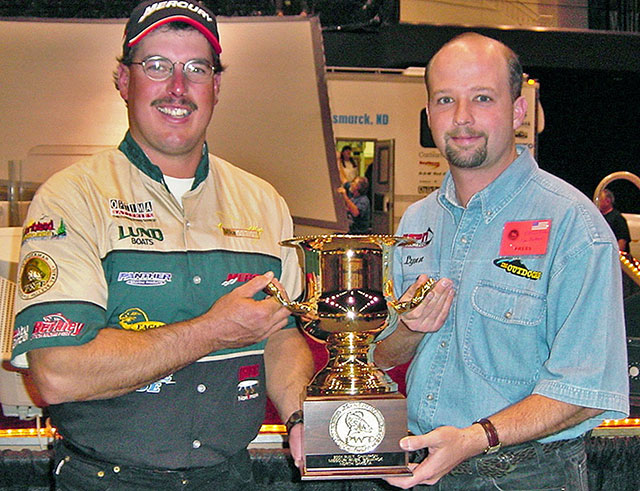
At the 2001 PWT Championship on North Dakota's Missouri River, author Lynn Burkhead (right) got a bird's eye view of how good Mike Gofron was as a walleye pro. Gofron went wire-to-wire in tough conditions to win the PWT title, cementing his place in the sport's history. (Lynn Burkhead photo)
But Gofron isn't a one-time wonder in the world of walleye tournament fishing. Over the years of his lengthy career, the angling expert has captured four tournament titles along with 41 top-10 finishes in PWT, Cabela's National Walleye Tour and other circuits.
Gofron also has grabbed two In-Fisherman Angler-of-the-Year awards, a Johnsonville Brats Sportsman of the Year award and the Norb Wallock Teaching Award.
Oh, and there's also that gold medal, an award that came after Gofron won the 2004 fishing competition at the ESPN Great Outdoors Games.
In short, there isn't much that Gofron hasn't done in the sport of walleye fishing, all of which makes him especially qualified to discuss spring fishing, something he did with me several years ago.
And the first order of business for a springtime walleye angler according to Mike Gofron? Find some warmer water.
"That's very critical," said Gofron. "Preferably, on an inland body of water, you want to look at the northern side of a lake."
Why is that?
"The sun will be on that water a little bit longer, so it's going to be a little bit warmer there," said Gofron. "That will pull the baitfish in there and it will also pull in the walleye."
But Gofron isn't the only walleye expert that has instructed yours truly on the finer points of springtime fishing including the need to locate some warmer water.
Another one is Doug Burns, a former PWT veteran and a longtime Midwestern guide who operates the Iowa Guide Service out of Spirit Lake, Iowa.
Burns is a walleye fishing expert – along with being pretty good at catching smallmouth bass and other Midwestern piscatorial critters too – who once told me that it pays for a walleye angler to watch the thermometer in the days of early spring.
Why? Because when it comes to spring fishing, water temperature rules.
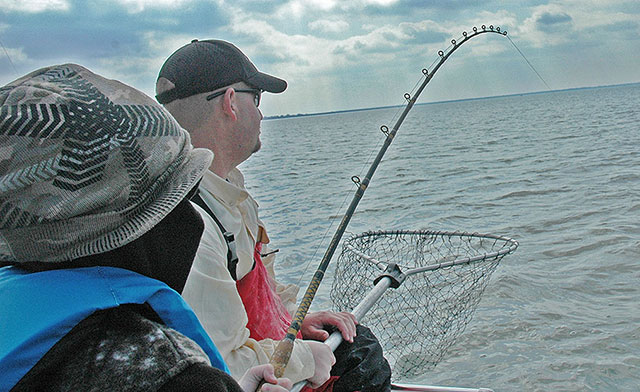
Some days, good early-season walleye action can be tough to find on Midwestern waters. But the combination of finding warmer water, fishing over the right bottom substrate and matching the local hatch with lures of the right size and colors can all help to increase angler's success rates. (Lynn Burkhead photo)
"It keys everything in the springtime," said Burns, who guides regularly now on Iowa's Spirit and Okoboji lakes.
"Their (the walleyes') strongest instinct in the spring is spawning and the water temperature is key to that."
Burns advises anglers to look for potential spawning water that is in the 40- to 48-degree range.
A second key according to Burns is to search for the right bottom substrate to fish over.
"You need an area with a hard bottom, preferably gravel or rubble with current," said Burns, who garnered four PWT wins during his tournament angling days.
"The current can be either from a river or a windswept point where the wind is creating the current," he added. "Those are the areas that walleyes are going to use for spawning."
According to Burns, there is at least one more reason that water temperatures prove to be so critical for springtime walleye fishing success.
"The other thing that happens with the warming water is the start of the food chain," he said.
"The plankton starts to bloom, the minnows follow the plankton and the walleyes follow the minnows."
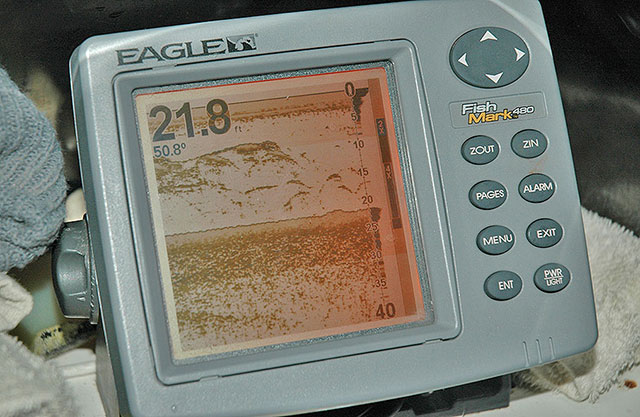
When water temperatures warm through the 40s and up to near 50 degrees, the walleye fishing starts heating up for anglers who follow the advice of legendary walleye pros Mike Gofron and Doug Burns. (Lynn Burkhead photo)
And that leads to a third key for early walleye success, choosing the right bait in terms of both color and size.
When Burns is fishing in the early spring, the bait he chooses is often some sort of an artificial minnow put on a 1/8- to 1/4-ounce jighead.
What color baits should an angler use? In more stained conditions, Burns will often opt for brighter colors like a chartreuse shad pattern. If the water is relatively clear, he'll often resort to more natural colored baits like a rainbow pattern with silver flecks in it.
The biggest key to bait selection according to Burns – who wrote the book 12 Days in Walleye Heaven – is to match the hatch so to speak, making sure that the color and size of a bait matches what an angler will currently find in the lake that they are fishing.
That includes leftover baitfish from last year, species such as minnows and yellow perch that aren't quite a year old just yet.
"In some lakes like the natural pothole lakes of the Midwest, the bullheads are a key baitfish," said Burns. "Some people find that hard to believe, but they are."
Especially in the right size.
"In the spring, the baitfish are left over from last year, so they're big," said Burns. "A lot of times, people think it's spring and the water is cold, so they tend to downsize their baits.
"But that's just the opposite of what is happening in the water, since these baitfish are last year's fish."
Walleye fishing can be a bit more difficult in the spring months than it often is later in the year.
But armed with a little springtime fishing know-how, catching a good number of hefty walleyes is still very much possible.
All an angler has to do is find some warmer water, key on the right bottom features and put the right size and colored lure in front of a walleye waking up from its winter nap.
But don't take my word for it. Instead, take the words of Mike Gofron and Doug Burns, two of the best anglers to ever play the walleye fishing game.
Best Port Renfrew Fishing Charters in Victoria BC
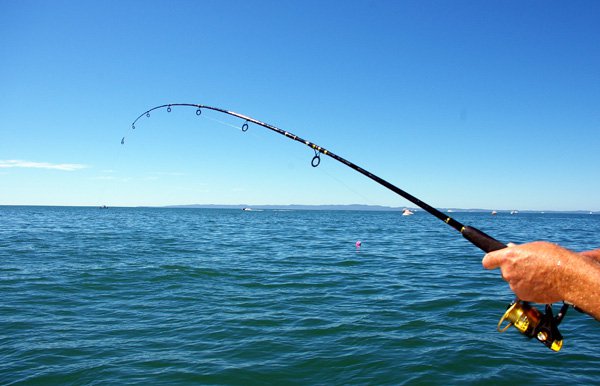
Hookin Up with Early Summer Bluegills
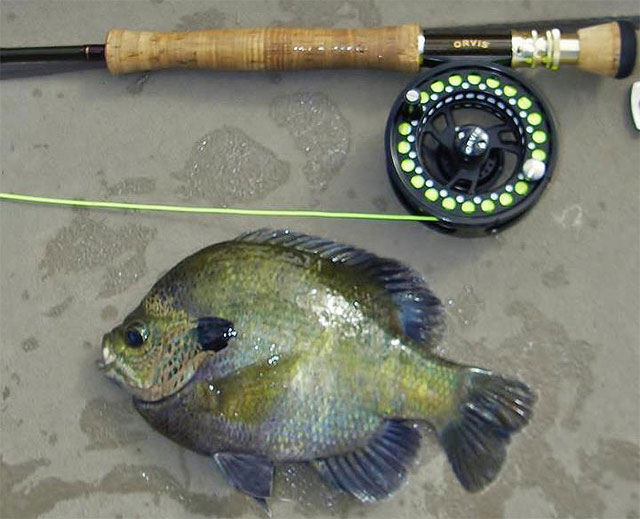
Golf Tips - The Swing During Sand Play
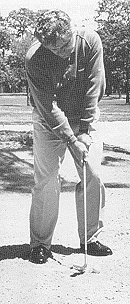
Copyright © www.mycheapnfljerseys.com Outdoor sports All Rights Reserved